Scientists use the movement of pendulums to provide evidence that the Earth is rotating. A pendulum is a weight hanging from a fixed point so that it can swing freely back and forth. When you move the base of the pendulum, the weight continues to travel in the same path.
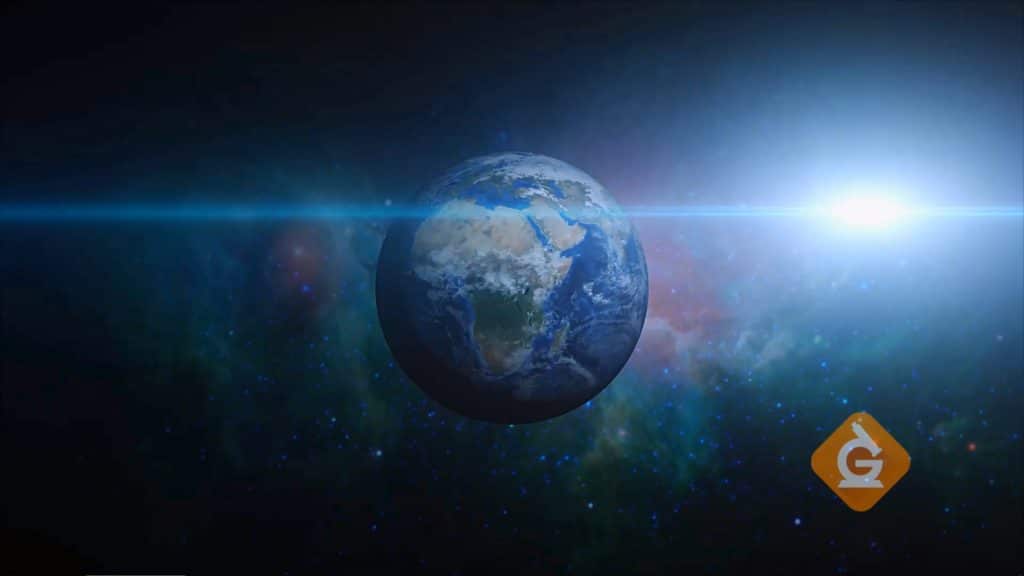
The Earth moves in two different ways. Earth orbits the sun once a year and rotates on its axis once a day. The Earth’s orbit makes a circle around the sun. At the same time the Earth orbits around the sun, it also spins. In science, we call that rotating on its axis. Since the Earth orbits the sun AND rotates on its axis at the same time we experience seasons, day and night, and changing shadows throughout the day.
To better understand Earth’s rotation around the sun….
LET’S BREAK IT DOWN!
Earth’s rotation on its axis occurs every 24 hours.
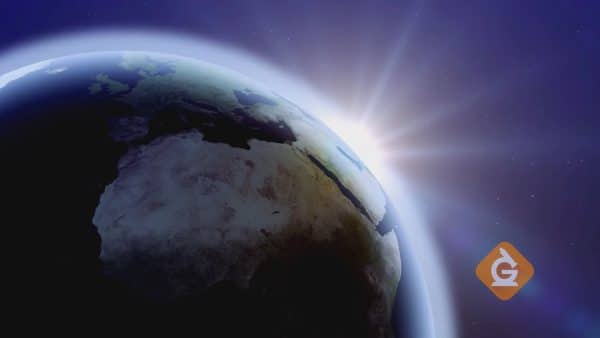
Earth is always moving. Each day, the Earth makes one complete rotation on its axis. The axis is the imaginary line through the earth that extends from the North Pole to the South Pole.
As Earth rotates, it seems like the sun is moving across the sky, but it’s really the Earth that is spinning. It takes 24 hours to complete one rotation, which is why there are 24 hours in one day.
In other words, if the sun is visible in the morning starting around 6:00 AM, the Earth will spin completely around by the next morning at 6:00 AM and you will see the sun in about the same place.
The Earth orbits around the sun every 365.25 days.
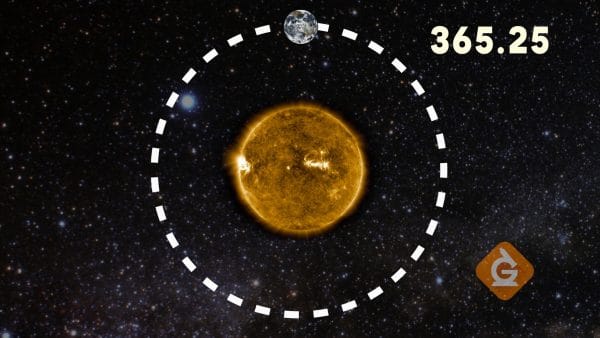
While the Earth is rotating on its axis, it also orbits the sun. It takes a little more than 365 days for the Earth to make a complete trip around the sun.
Other planets have different orbital times. It takes only 87 days for Mercury to orbit the sun, but 12 years for Jupiter to make the journey.
Scientists used to think that the Earth was the center of the universe, but phenomena such as stellar parallax have proven that this is not true because the position of some stars change as we orbit.
Earth's rotation causes observable patterns like night and day.
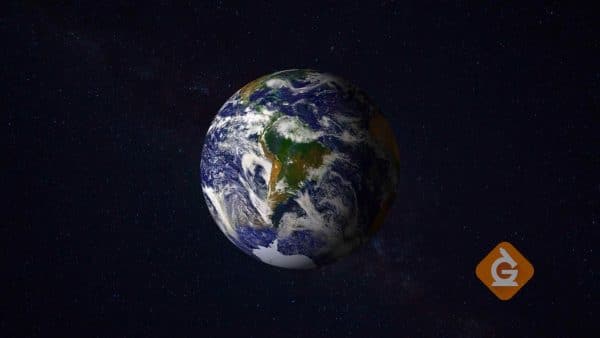
The light from the sun shines on half of the Earth at any given time. That side is warmer and brighter. The other side of the Earth faces away from the sun (it's dark) so it is cooler and darker. Since the Earth is always spinning, there is a line between day and night and we pass through it each day.
Another pattern caused by the Earth’s rotation is the length of our shadows. Shadows are longer in the afternoon than at noon. If you study shadows and their appearance throughout the day, you can use this information to help estimate the time. Sundials are designed using this idea.
It is important to remember that the sun doesn’t travel across the sky. It looks that way because the Earth is spinning.
Earth’s orbit causes some stars to be visible only in certain months.
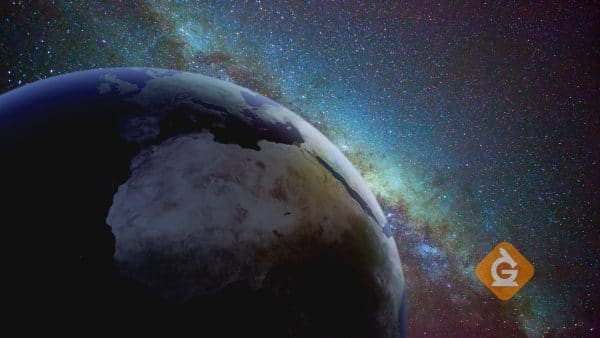
Another pattern we can observe due to the earth’s orbit around the sun has to do with constellations. The night sky looks different throughout the year because we can only see in one direction (away from the sun). As the Earth orbits, our view changes. This is why we see different constellations at different times of the year.
EXAMPLES OF EARTH’S ORBIT AND ROTATION


Leap years have one extra day added to February. Since it takes 365.25 days to complete one orbit, we account for the extra .25 days by adding an extra day to our calendar every four years. So most of the time our calendar has 365 days, but in a leap year it has 366 days!
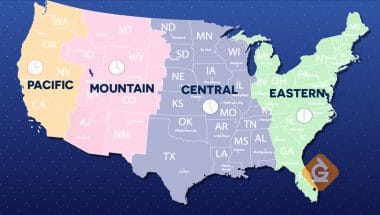
There are 24 time zones on Earth. The globe is divided into time zones to help us account for the movement of the sun’s light across the globe. This way 9:00 am is morning everywhere. Otherwise, 9:00 am would be morning for you but night somewhere else — it would get confusing.
VOCABULARY ON EARTH’S ORBIT AND ROTATION
EARTH'S ORBIT AND ROTATION DISCUSSION QUESTIONS
The shadow of a groundhog (or anything else) is determined by what?
What happens when Earth rotates on its axis and how long does it take?
How many times does Earth rotate on its axis in one year?
Why do we have a leap year in our calendar every four years?
What evidence do we have that the Earth rotates?
What is a geocentric view of the universe? What evidence showed us it is not correct?
Why can we only see certain planets at certain times?
How are our 24 time zones related to Earth’s rotation?
Why is it sometimes not practical to use to scale models when representing objects in space?
Skip, I will use a 3 day free trial
Enjoy your free 30 days trial
We use cookies to make your experience with this site better. By using this site you agree to our use of cookies. Click "Decline" to delete and block any non-essential cookies for this site on this specific property, device, and browser. Please read our privacy policy for more information on the cookies we use.Learn More
We use cookies to improve your experience. By using this site, you agree to our use of cookies. Click "Decline" to block non-essential cookies. See our privacy policy for details.Learn More






